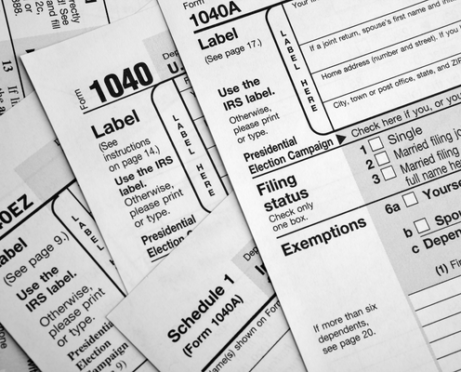
 Two weeks ago, I wrote a post about furloughs. Since then, I have researched this topic some more and prepared slides for a webinar about furloughs sponsored by the Association for Financial Counseling and Planning Education (AFCPE).
Two weeks ago, I wrote a post about furloughs. Since then, I have researched this topic some more and prepared slides for a webinar about furloughs sponsored by the Association for Financial Counseling and Planning Education (AFCPE).
Below are six additional things to know about furloughs that were not included in my previous post:
- Benefits May Continue: Look for guidance from your employer about which benefits (e.g., health insurance, life and disability insurance, and retirement plan contributions) will continue and for how long. Employer decisions will vary based on factors such as group insurance plan language, union contracts, and the financial stability of employers.
- Conditions Can Change: Realize that furloughs are an “act of hope” that a business will survive. Not all will. In addition, many employers are predicted to be working at a reduced capacity well into 2021. A furlough today could switch to a permanent layoff later. Many furloughs are happening now (as opposed to layoffs) so that employers won’t have to onboard new workers when economic conditions improve and so that workers can access temporarily expanded unemployment benefits.
- Where You Work Matters: Contact the unemployment office in the state where you work if it is in a different state from where you live. Your employer pays taxes to the state where you work to cover its workers’ unemployment claims.
- Health Insurance Options Exist: Take advantage of employer insurance continuation for as long as it lasts. After that, three options for coverage are Medicaid (if eligible), COBRA through the employer, and Marketplace coverage under the Affordable Care Act. ACA options are usually cheaper, especially if you qualify for subsidies with a reduced income.
- Tax Liability Will Change: Complete a new Form W-4 (for a reduced income) and take advantage of income-based tax credits (e.g., earned income tax credit) for 2020 and set aside (or have withheld) taxes on unemployment benefits.
- “Up-Skilling” Is Highly Recommended: Use newfound free time to prepare yourself for re-employment with your current employer or elsewhere. Focus on gaps in your skill set and making yourself as marketable as possible.






